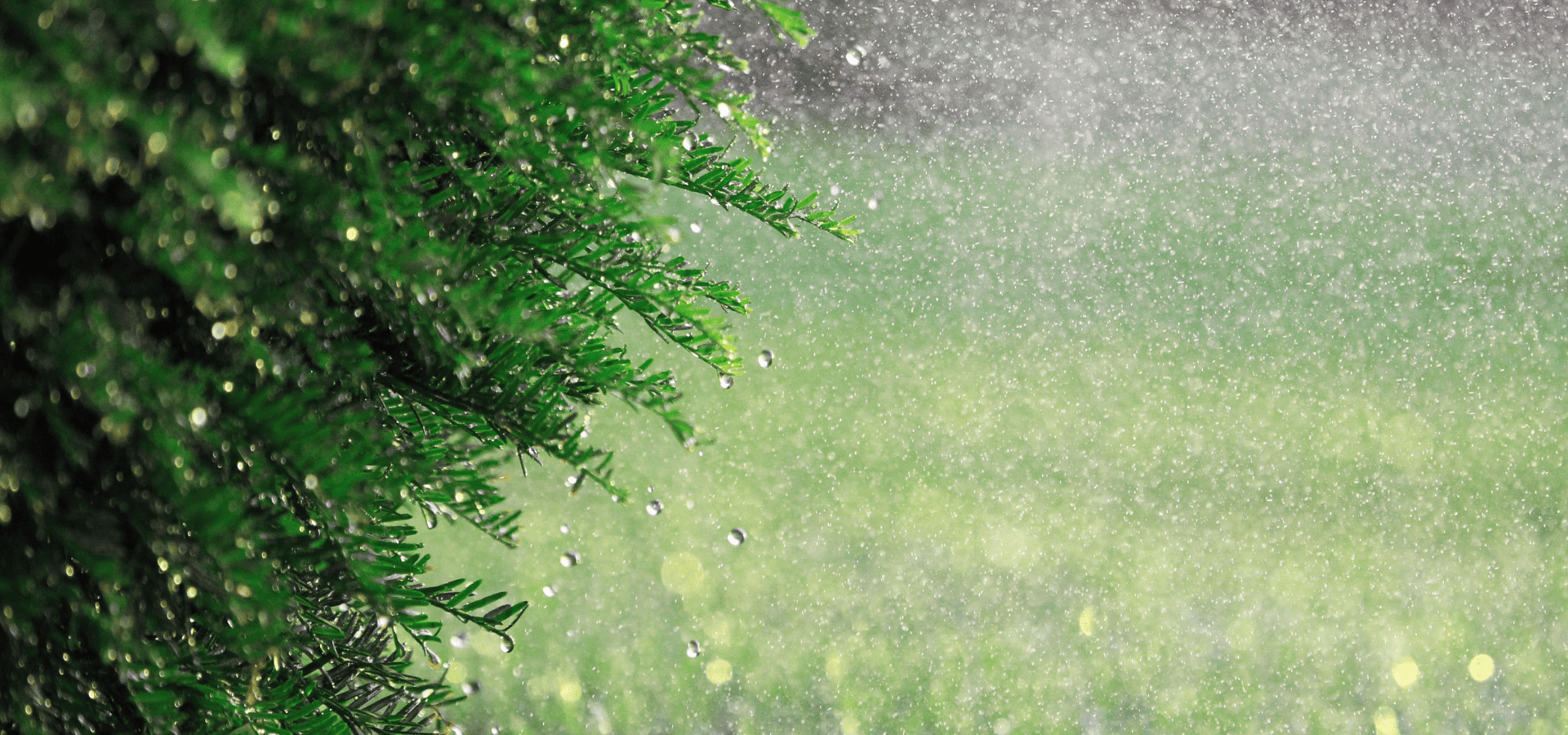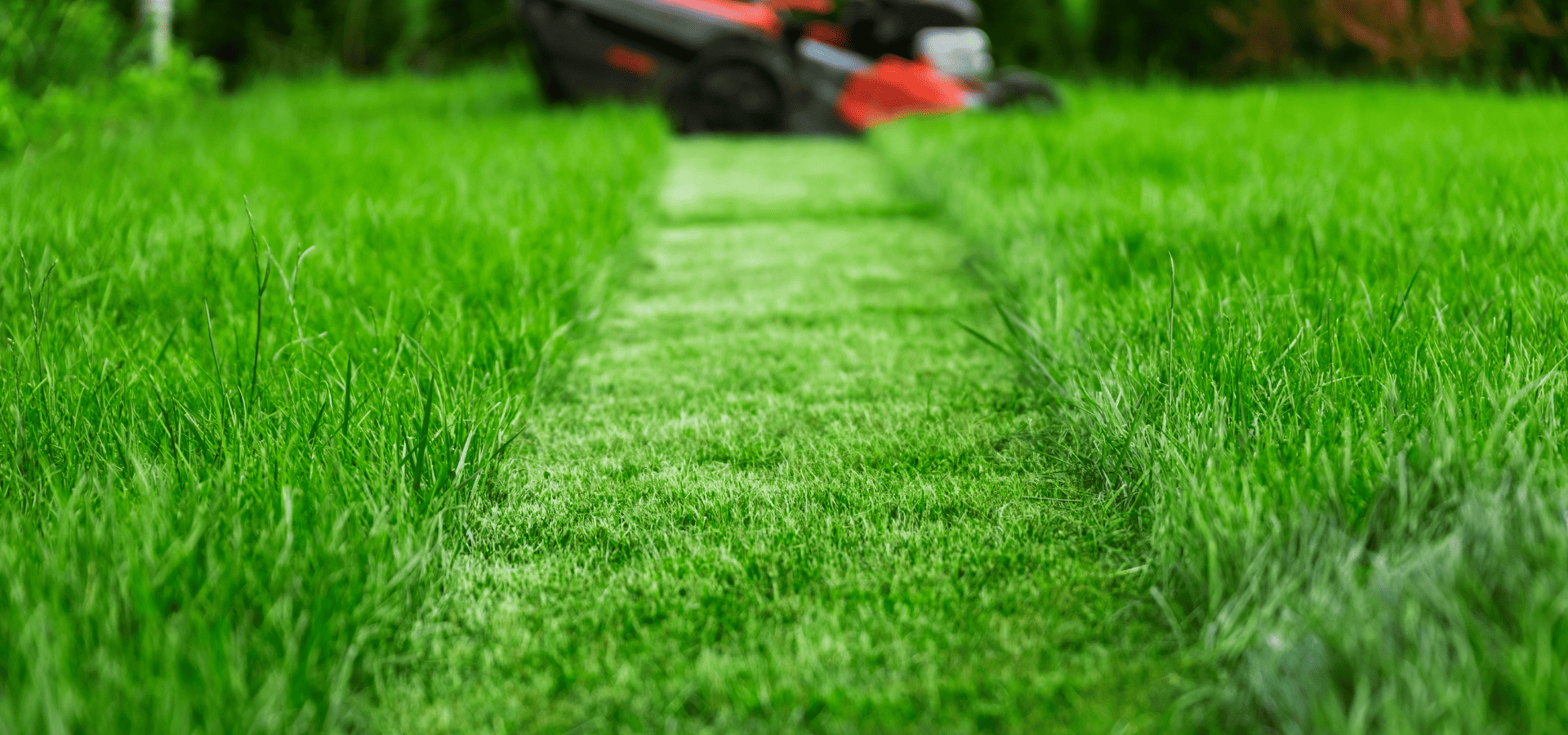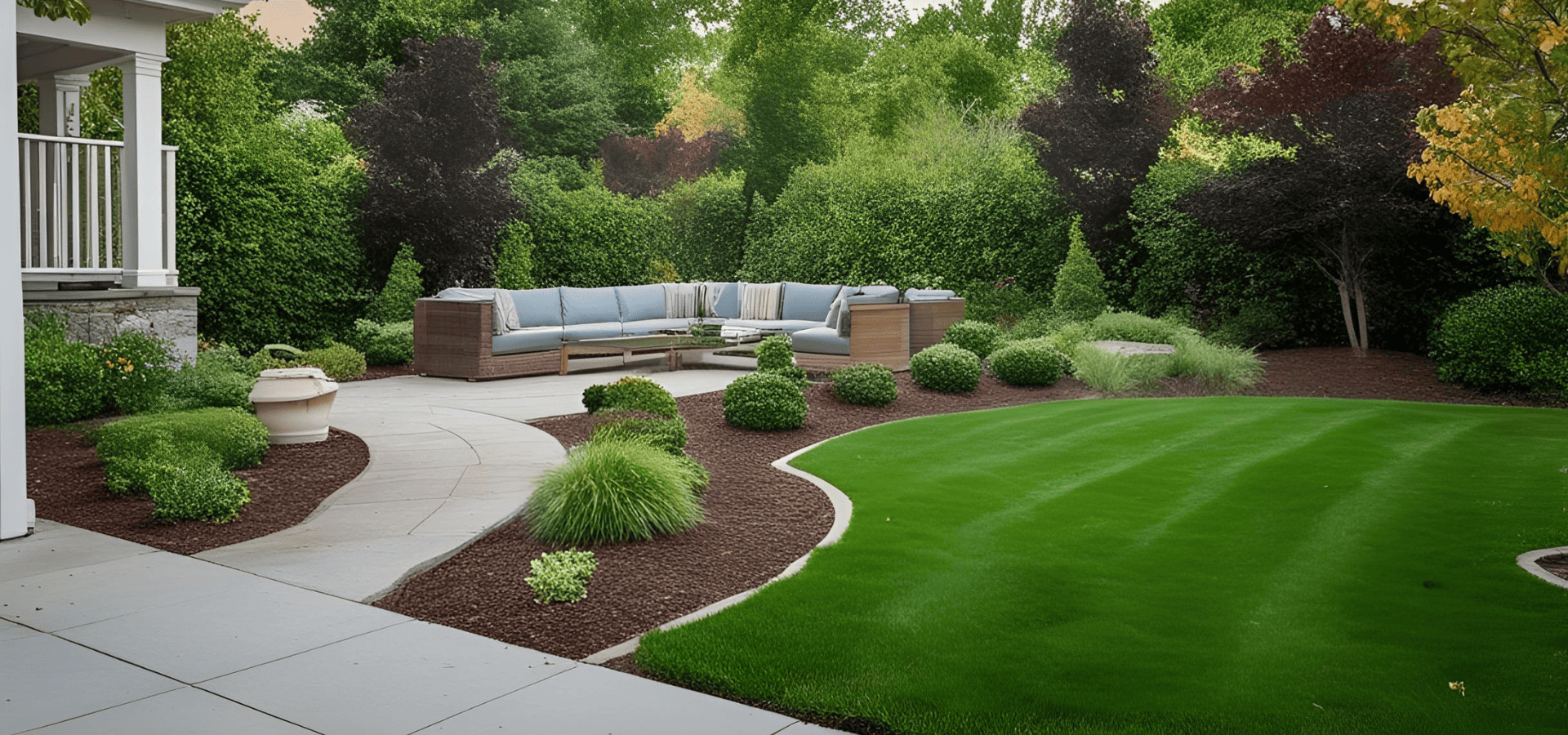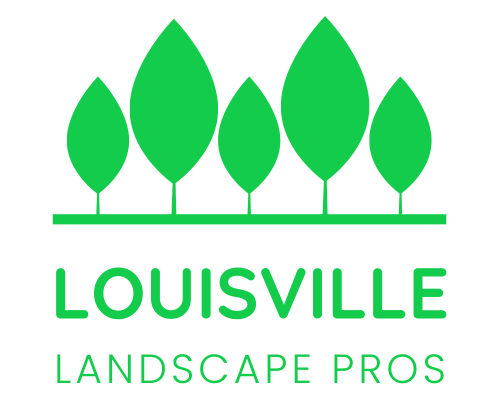Expert Tips For Creating A Good Landscape Design
Creating a good landscape design is the key to a successful landscaping project. It’s the plan that your landscaping project will follow, and with a good plan, execution becomes easy.
Experts like
Louisville Landscape Pros can help you with that, but if you're trying to DIY, that’s easier said than done.
Which plants do you use? Which water features do you use? Should you have a sculpture in your garden? Should the paths be straight or curvy? And what colors should you be incorporating?
With so many things to consider, it can be rather overwhelming to create a landscape design.
But fret not. We’re here to take you through it step by step. By the end of this article, you should have a much clearer direction of where to take your landscape design.
1. Decide On Your Landscaping Style
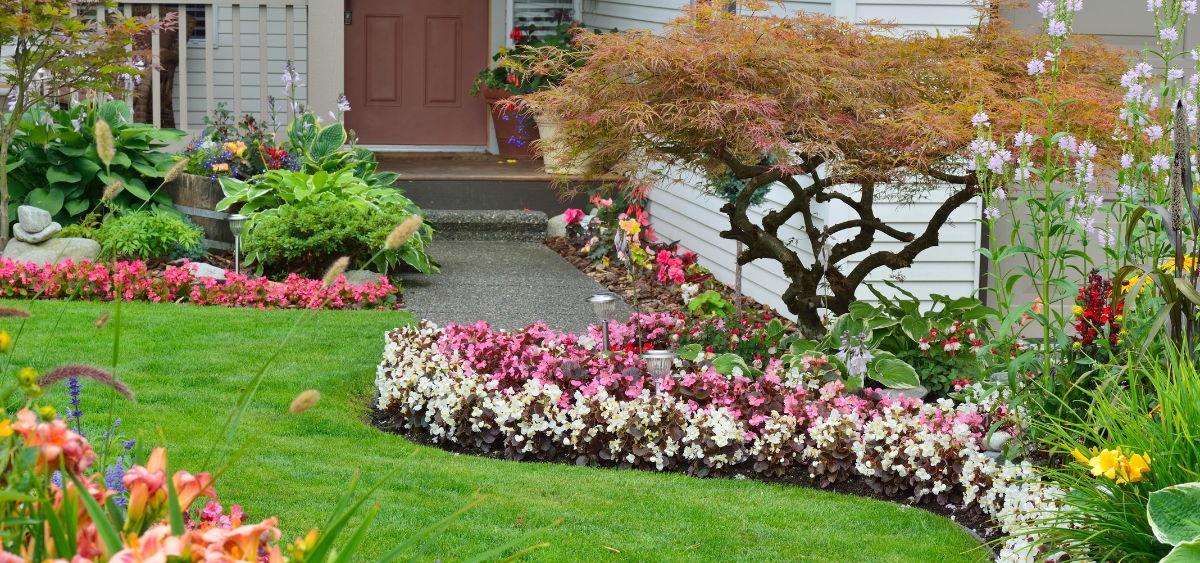
Landscaping isn’t just about choosing beautiful, functional plants and choosing some aesthetically pleasing hardscape elements to go with them.
No matter how beautiful or visually appealing the elements you choose are, if you’re not sure what landscape style you’re trying to achieve, often, your landscape will turn out to be quite disjointed and be neither here nor there, even with beautiful elements inside.
A well-crafted and planned garden with a few simple elements that all work together to achieve a certain style will be many times better than a garden with no clear direction, regardless of how visually appealing the features and elements inside are.
As such, the first step to a great landscape design is knowing the style and look you’re trying to achieve.
Once you know which style you’re trying to achieve, you’ll be able to narrow down both your hardscape and softscape choices and have a much clearer direction of how to arrange them.
For example, for minimalist landscapes, you should be using straight, clean shapes and lines and mainly greens, while for cottage gardens, you should be incorporating a variety of bright, vibrant flowers.
Here are the various landscaping styles. Not everything is here, but these are the ones that most homeowners choose:
- Minimalist
- Tropical
- Cottage
- Mediterranean
- English
- Woodland
- Japanese
Each one has not just its own aesthetic, but also varying levels of functionality and implementation costs.
Here’s a great article on the various landscaping styles available if you want to explore each one of those landscaping styles in detail before making a decision.
2. Assess Your Outdoor Space
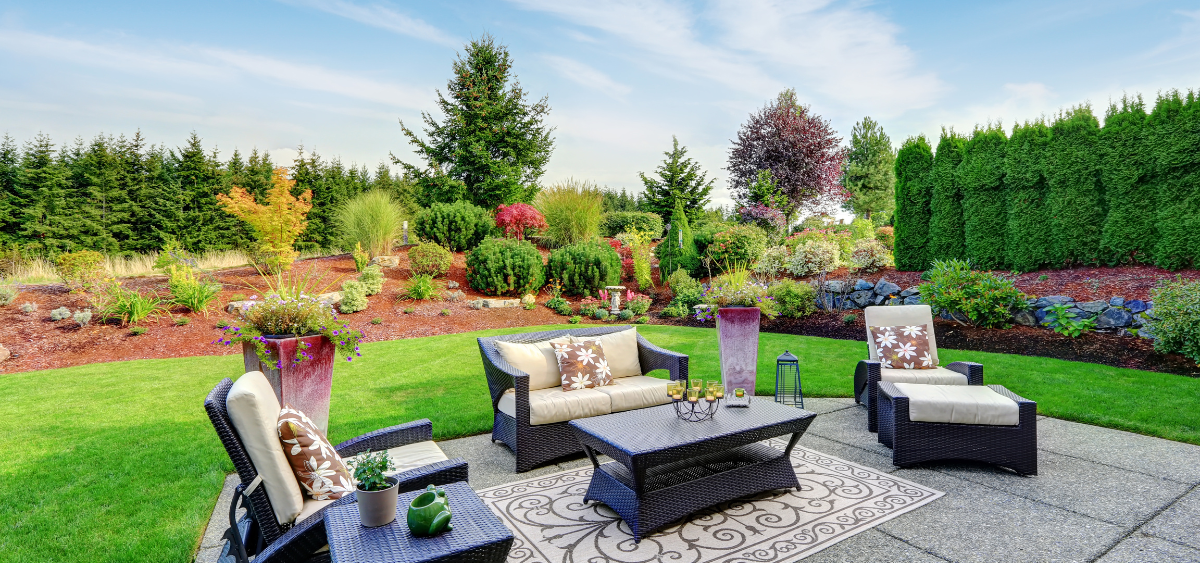
Once you’ve decided on your landscaping style, you should more or less already know which plants and hardscape features you’ll be using.
So from here on, we’re really just going to cover how to plan and arrange the elements so that your landscape design can actually be implemented practically and properly.
First off, you need to understand your space. If you don’t understand your space and its constraints, you could end up growing your plants in a suboptimal area or accidentally digging into your water pipes or electricity lines.
Here are the things you need to look out for.
Sunlight Exposure
One of the most important factors to your plants’ success, you need to track how much sunlight your area gets, where its more concentrated, and how strong the sunlight is.
By doing so, you’ll be able to determine the best place to put the plants you’ve chosen
Depending on your landscaping style, you will also need to decide whether to enact shade, water more often, or adapt your plants to the sunlight levels.
Utilities And Infrastructure
Next, you might be installing outdoor lighting, irrigation systems, temperature control systems, and so on.
All these require electricity and sometimes water, which means underground wires and pipes. You could have them above ground, but that’s much more unsightly and can be tripping hazards.
As such, you need to know where your existing wires and pipes are. That way, not only do you know how much remaining space you have and where to install any wires and pipes, but you can also make use of existing ones if they match your needs.
Plus, even if you’re not installing anything that requires electricity or water, you’re going to at the very least establishing a garden, which means digging.
You definitely don’t want to be halfway through your garden and then accidentally dig into a wire and then have to relocate your garden and pay for repairs, do you?
So having knowledge of your infrastructure is of paramount importance.
To find out where your existing wires and pipes are, there are a few ways:
- Utility locator services: Utility locator services are, as the name suggests, services that help you locate water, electrical, and gas lines using specialized equipment.
- Call 811: 811 is a government-mandated service that will help locate the utility companies that’ve worked on your house before and get them to come out and mark the underground lines for you.
- Previous plans: If you’ve had work done on your house in the past, there might be site plans from those projects that will tell you where the underground lines in your home are. But even then, they may be other wires and pipes from previous projects, so it’s a good idea to still use one of the previous two methods.
Note that even if you're working with a landscaping company, they usually don't have the specialized equipment to locate the pipes and wires. Instead, they'll either engage a utility locator service or refer you to one.
However, while landscapers can’t find wires, they are able to locate the underwater components of irrigation systems if you have any existing ones.
Privacy
This is an often overlooked component. When you’re planning your landscape design, it’s all too easy to get really excited and start mapping out where everything goes. But don’t forget about your privacy.
If your front yard has a low fence such that people can see through, do you really want to be placing your patio there? Or if you’ve got taller plants, wouldn’t it make more sense to position them such that they can act as privacy screens?
While privacy won’t affect the aesthetic of your outdoor space, it does affect your comfort and enjoyment.
So make sure to plan beforehand and factor in privacy. Otherwise, if you wait till everything’s installed, you might have to compromise and install privacy screens that may ruin your aesthetic.
3. Choosing The Plants
The colors and aesthetics of your plants will largely be decided by your landscaping style. But even then, there are different plants that can achieve the same aesthetic.
So here are some crucial considerations to take into account when
deciding on the plants to use and arranging them.
Conditions
First off, make sure that the plants you choose will be suitable for the conditions in your region.
For example, while the Japanese Matsu Pine may be a popular choice for Japanese Zen gardens, your Japanese Zen garden may not be accommodate this plant if it doesn’t get enough sunlight on a daily basis.
Maintenance
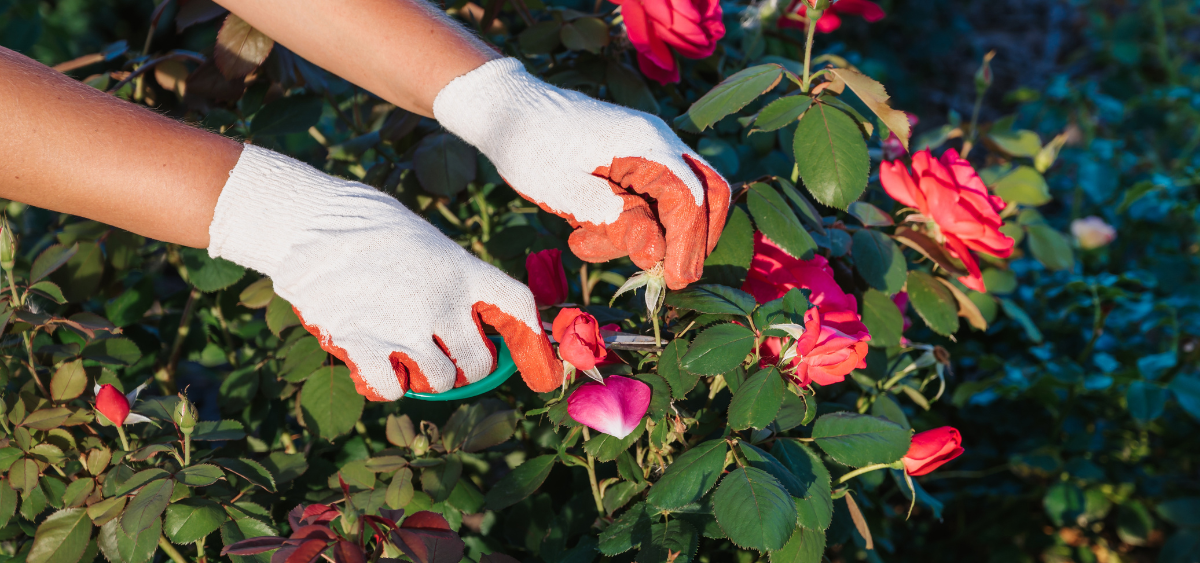
Again, when you’re planning your landscape design, it’s a fun and exciting process, but a common mistake is focusing only on aesthetics.
Don’t forget about the maintenance that you have to do for your plants too. Different plants have different maintenance requirements, so do consider your needs and plan accordingly.
For example, if you have your eyes on a visually striking plant, but find that it requires too much maintenance, you may want to switch it out with something else that may be less aesthetically pleasing, but doesn’t require as much maintenance.
It can also work the opposite way where you use your maintenance requirements to narrow down your list of plants.
Hydrozoning
When arranging your plants, try to group those with similar maintenance and water needs together.
This is a process known as hydrozoning and will make maintenance much easier. Hydrozoning allows you to apply a similar amount of water, fertilizer, and even pesticides and insecticides over a large area rather than having to adjust the amounts for many smaller areas.
This can be applied to also narrow down your plant choices and help you better make a decision. Start with just one plant that you’ve shortlisted and want to use. Then, look for plants with similar maintenance requirements to it and choose from there.
Final Tips
Finally, don’t forget about your budget. If money isn’t a concern for you, then that’s great.
But if not, for most people, you need to conscious of the cost of every element and feature. There are your paths, your water features, the soil, the plants, the tools, and so on.
Make sure to budget carefully and take into account everything. Small costs add up, and you don’t want to start on your landscaping project only to realize halfway that you don’t have enough to finish it.
You may be tempted to just estimate the cost, but it’s best to track everything carefully, even if it may be a lot more work and very tedious. You’ll feel much more reassured knowing that you know roughly how much you’re going to spend rather than just hoping that it won’t go over your budget.
By tracking your costs, you’ll also be able to make substitutions and compromises where needed to ensure the whole project will turn out smoothly. Again, this is necessary to ensure you don’t run into a shortage of funds later down the road just because you spent too much on an expensive sculpture or something like that.
Remember, a good plan is instrumental to a successful landscaping project. So make sure not to slack off on any aspects, or you might end up with a disaster later on.
You might also like
